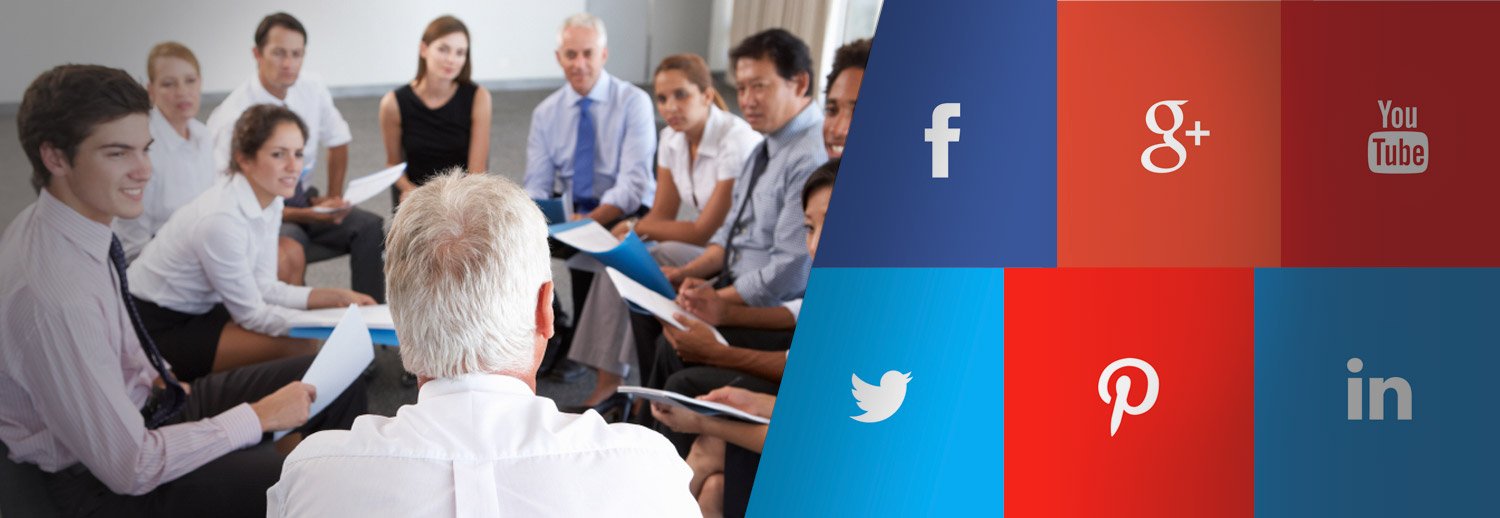The 70:20:10 model of reference for workplace learning implies that traditional training methods are just a small jigsaw piece in a very large puzzle. In a workplace setting, most learning occurs through job-related experiences and human interaction, besides the classic courses:
- 70% of learning happens through job-related experiences, like taking on new responsibilities, taking part in projects or working groups or using feedback to try a new approach to an old problem (experiential learning).
- 20% of learning happens through others, coworkers and managers alike, each time we seek or give feedback, attend one-to-one meetings or proactively learn through teams or professional networks (social learning).
- 10% of learning happens through formal education programs, like seminars, training programs and online courses (formal learning).
Face-to-face, instructor-led courses are still very important — check out Debunking the biggest myth about the 70:20:10 model, where I focus on that — but are not enough for an effective learning experience in the workplace.
This post will focus on the middle part of the 70:20:10 model, social learning, and especially on the relationship between social learning and social media.
Social learning means people
Humans are very interesting creatures. Sometimes we are solitary beings, but most of the times we seek the company of others. That's how we work; we belong to groups. We create groups based on any criteria, from age, gender, or nationality, to what we like to eat, how we choose to wear our hair, or how much we like cats or dogs.
Forming groups happens naturally for people, because the group is stronger than the individual. This stands true in most aspects of our lives, including work: a team is stronger than one employee.
A strong team is the sum of all the brilliant minds that belong to it. When a team member encounters a problem, all the others can give a helping hand. That's social learning at work: we learn new things that will help solve problems by watching others and by asking them to give us a hand.
Managers (like the white-haired guy in the picture above) play an important part in social learning at work, as they are most likely to be able to help others with their knowledge.
But the next-desk coworker, Cindy from reception, Tom from a totally different department, or even Tim the doorman can have — and share — that one piece of information that will solve a business pain.
Social media also means people
Social media — Facebook, Twitter, LinkedIn, Google+, Pinterest, YouTube, Instagram, Vine, Snapchat (and others) — group people together based on their online activity.
Each social network has its own scope and people use it accordingly. Pinterest is great for gathering food, fashion, travel or DIY ideas; Instagram is great to show your artistic side with photo filters; LinkedIn is great for making professional connections; Snapchat is great to live in the moment and leave no evidence; Twitter is great at instant news; YouTube is great for watching cat videos; Facebook is just great.
People on social media interact a lot and even collaborate. What's more, social media brings along tons of data.
But don't jump to conclusions and think that social media channels are the bestest way to socially learn at work. You should know better!
First, "bestest" is not a word. I put it there to trick you. Or to give you a hint; a tricky hint.
Second,
Social learning does not mean social media!
Even though both witness a lot of human interaction, social media plays a very small role in social learning in the workplace.
Only 5% of employees use Twitter as a source of learning.
Gasp! 5%! At least that's what In-Focus: The Consumer Learner at Work Report from Towards Maturity states.
This shouldn't be that much of a surprise, as Twitter is great at delivering instant news, not training assignments.
Most other social media channels did a little better than Twitter. The only notable exception was YouTube, with a whooping 52% of employees using the video platform for their own learning, according to the same report. Besides all the cat videos, YouTube comes with a tremendous number of tutorials and how-to videos. Younger employees simply love learning through videos.
Still, the use of YouTube alone is not enough to give all social media a bigger piece of the pie of social learning.
Digitizing social learning?
Face-to-face interaction at work is obviously the best way for social learning to occur, but it is almost impossible to measure and analyze. How else could the learning process be improved?
Instructional designers need a digital water-cooler around which employees gather, have high quality conversations and discuss about possible solutions to business problems. This digital water-cooler will get the data necessary for improvement.
People are not robots, so they won't share online any piece of information about their personal or professional lives. But if they do share some of that information on their social media accounts, maybe they will do the same — or even more — in your state-of-the-art, collaboration-tools-wizz, social-learning-friendly LMS.
You're welcome ;)







